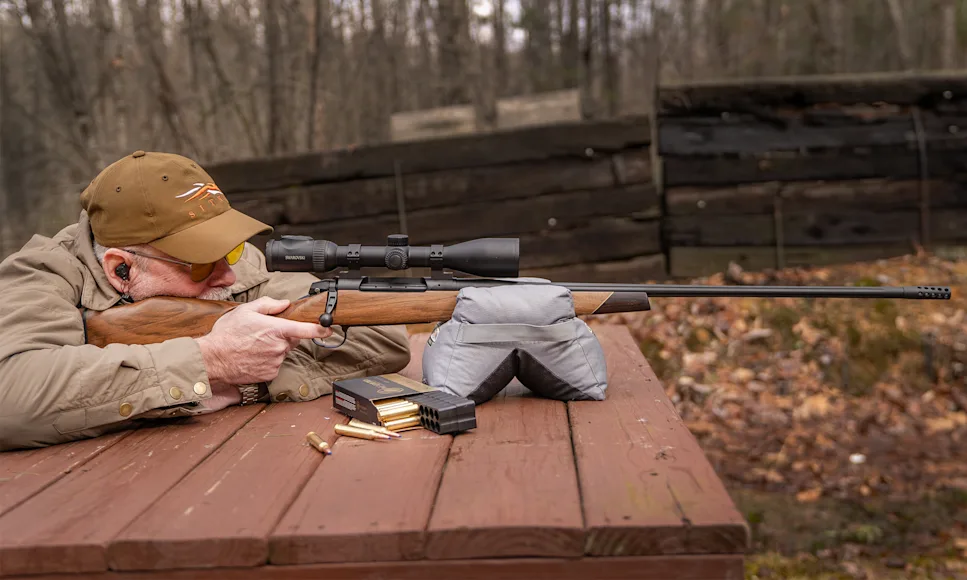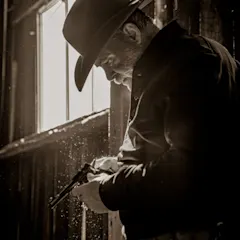Hunters are free to join bench-rest shooting competitions just like anyone else, of course. But that’s not what we are talking about here. For us, shooting from a bench usually means that we are sighting in a rifle, establishing DOPE, or evaluating different loads. But that doesn’t mean you can just plunk your rifle down and start pulling the trigger—not if you want to get the most from the exercise. Shooting well from a bench takes good technique and some skill. To that end, here are 10 tips that’ll help you shoot better when your rifle is fully supported.
5 Basic Tips for Better-Bench Shooting
Depending on the type of rifle you might be shooting, there are different techniques you can use. I’ll cover those below, but first, here are basic tips that apply no matter what rifle you're using. It’s a good idea, in fact, to run through this checklist before every shot you take from a shooting bench.
1. Get Comfortable
The number one reason shooters struggle when shooting from a bench rest is that they’re not comfortable. You should slip in behind the rifle and be as cozy as when spooning your significant other. Rest both of your feet flat on the ground and relax. If you’re trying to use major muscle groups to hold the rifle on target, fatigue and the shakes will quickly set in. Also, don’t squeeze the wrist or grip of the rifle with your shooting hand. Stay relaxed behind the gun and make minor adjustments until your are good and comfortable.
2. Manage Your Riflescope
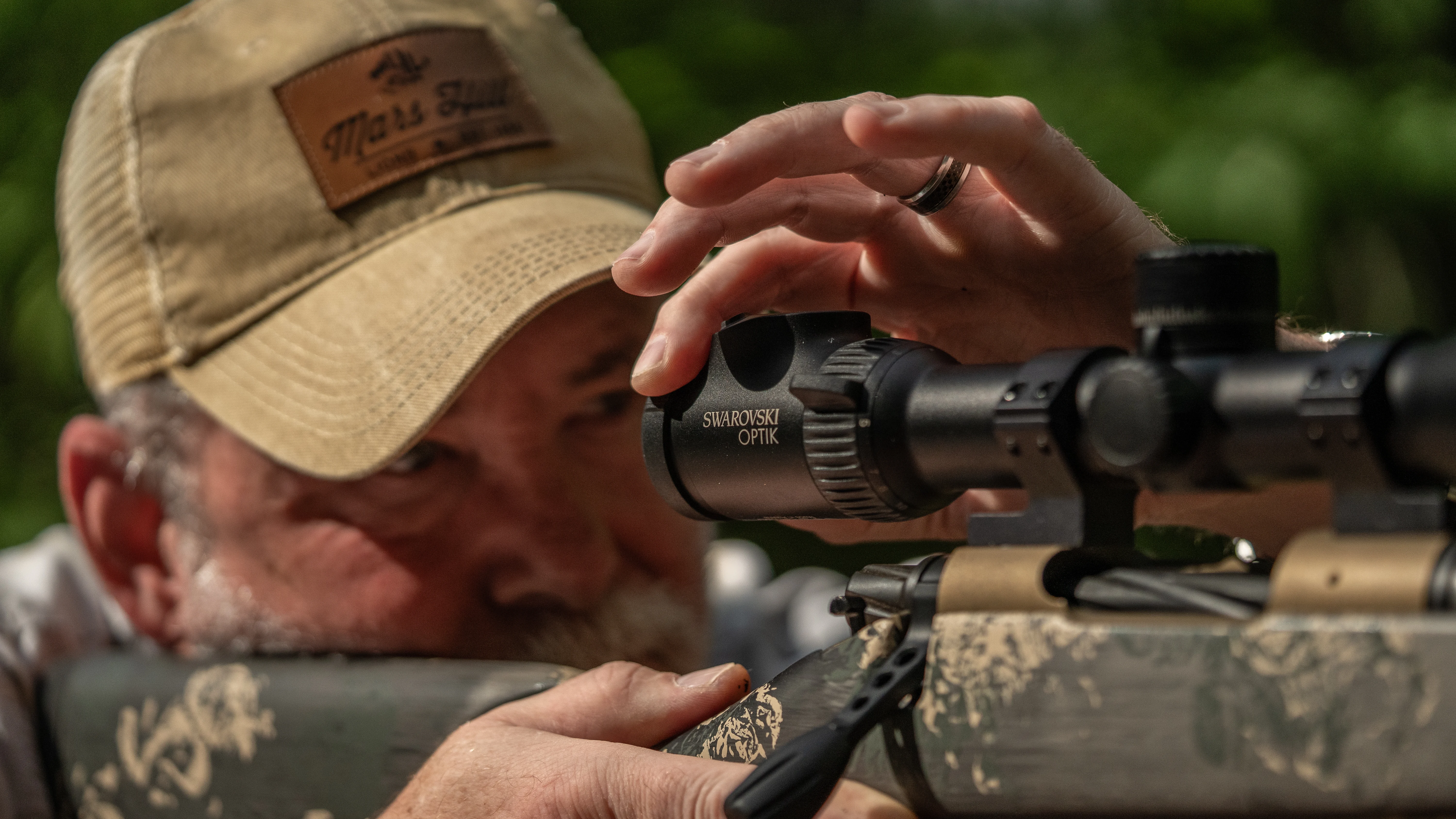
Another common mistake hunters make off the bench is to not properly manage their riflescope. Make sure you have the reticle perfectly focused, and if the riflescope has a parallax adjustment, tune all the parallax out. Click HERE to learn more about parallax. Also, make sure you center your eye behind the riflescope and that there are no black rings or crescent shadows in the view. Extreme magnification is not your friend. Yes, it makes the target easier to see, but it also magnifies rifle movement, and this can induce target panic. At 100 yards, something between 6X and 12X is sufficient for what hunters need to do with a rifle from a bench rest.
3. Remember Basic Marksmanship
Don’t forget the basics of marksmanship. Verify your natural point of aim by making sure your contact with the rifle is not requiring you to muscle it on to target. Concentrate on the reticle, and press—don’t jerk—the trigger during your natural respiratory pause. Also, just like during all other types of shooting, you must follow through. This means you ride the rifle through recoil and look for that second sight picture after the shot. Don’t be in a hurry to cycle the action like when hunting; you’re in no rush when shooting from a bench.
4. Minimize Vibrations
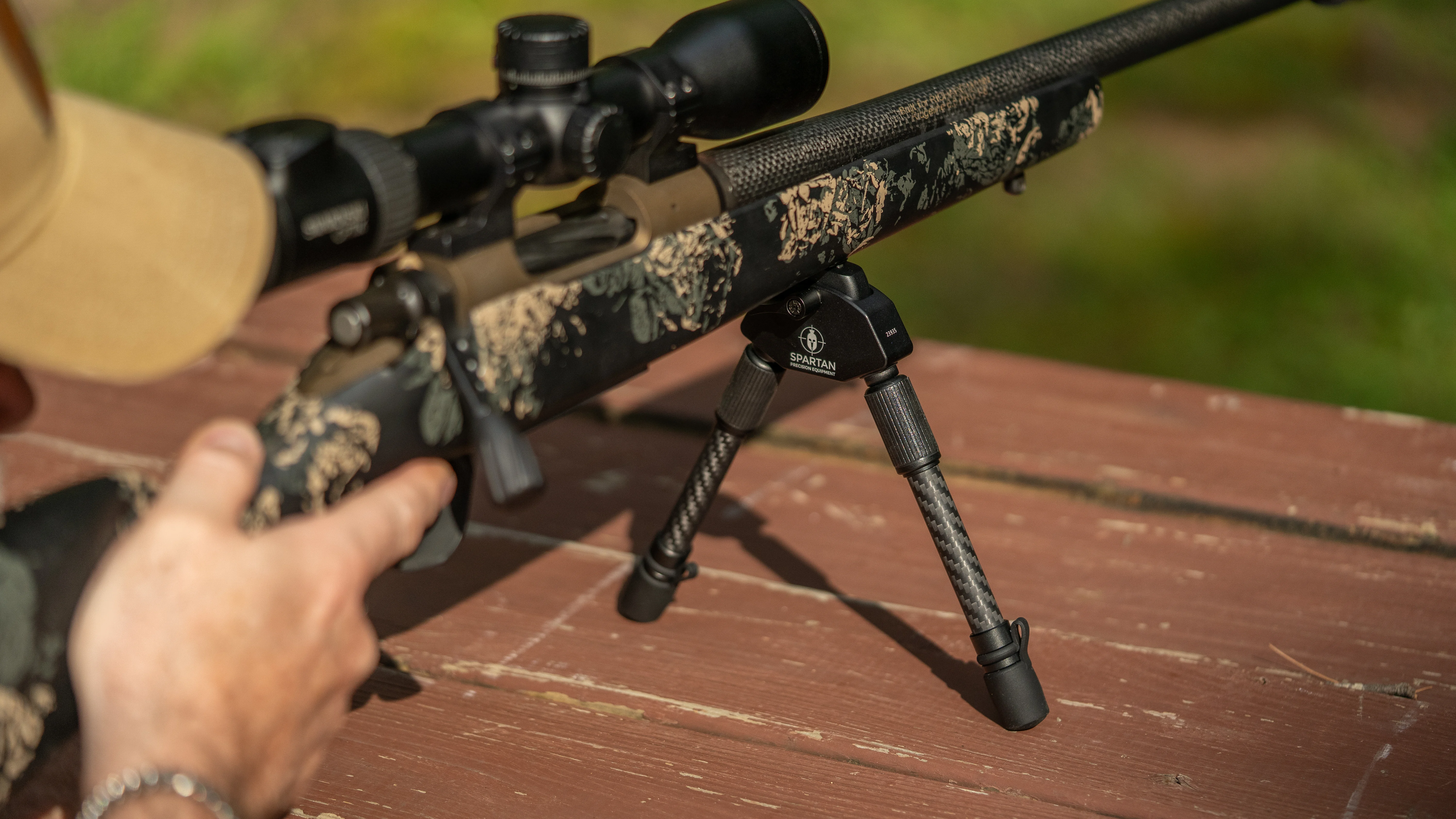
A shooting bench is a hard surface, which is why the best support when shooting from a bench is soft sandbags. Steel supports and cradles are popular for bench-rest shooting, but if not properly padded, with some rifles they can magnify vibrations and produce inconsistency. Bipods have become very common on hunting rifles, but just like with metal supports, they can magnify vibrations. If you use a bipod from a bench, rest the legs on a soft matt or pad as opposed to directly on a hard surface.
5. Manage Recoil
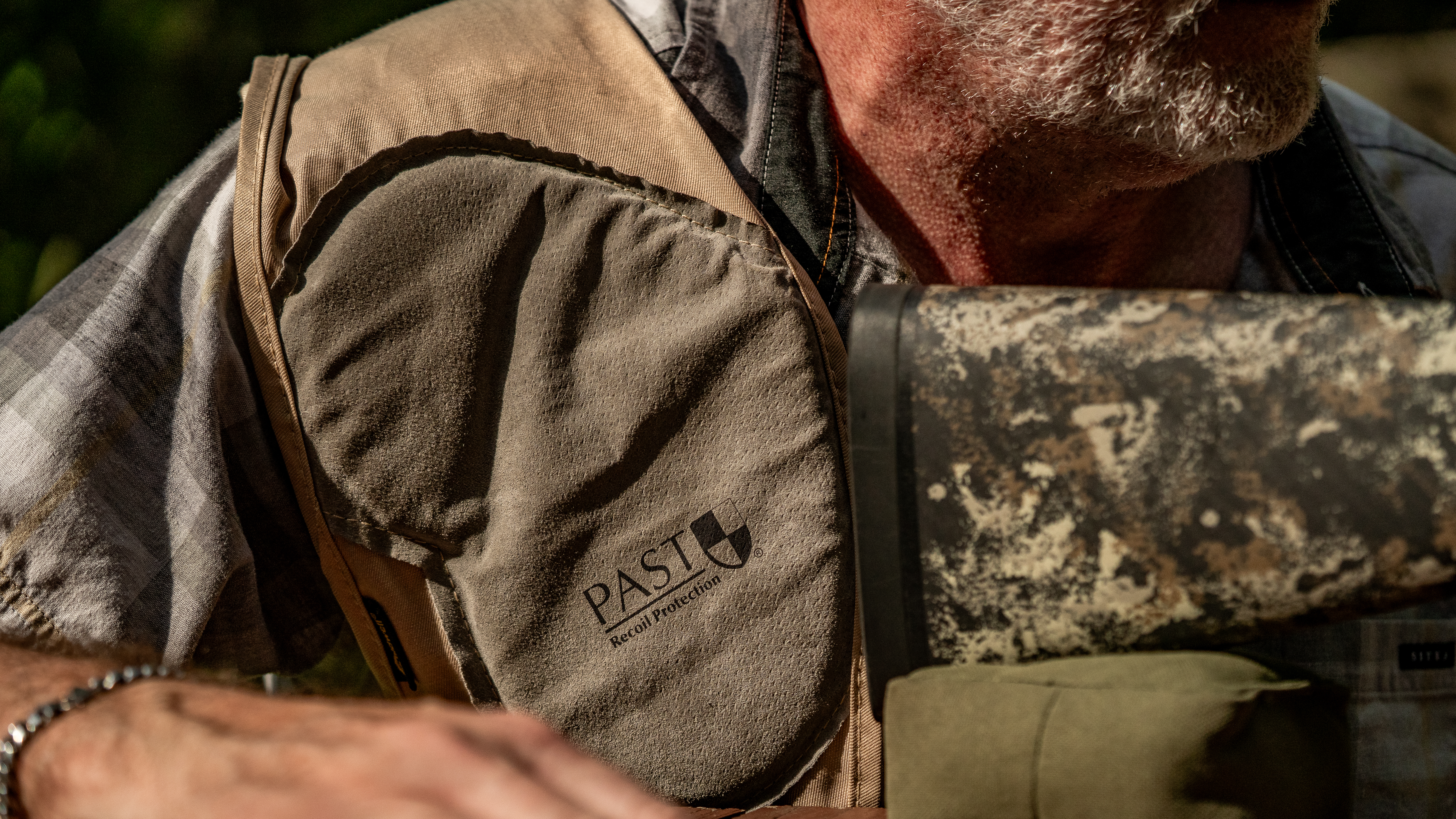
All rifles recoil, and recoil influences all shooters regardless of how far they peg the macho meter. Bench-rest shooting is not a measure of toughness, it’s a clinical-like process conducted to sight in a rifle, establish drop at distance, or to test ammunition. For the process to work, you must remove the human element as much as possible. Suppressors can help, but a soft recoil cushion is even better. When you step away from the bench to shoot off-hand, you can flex your manhood, but it pays to use some extra padding on your shoulder from the bench.
3 Tips for Different Types of Rifles
When shooting from a bench rest, the best solution is to use sandbags that fully support the rifle and hold it on target. But this is not always possible, and different rifles can require different techniques. Some rifles have stocks ideally adapted for shooting from sandbags, but many hunting rifles deliver their best performance when shot off-hand. And then there are the hard kicking rifles hunters use for bad beasties like big bears and buffalo. You should always apply the basic techniques for bench-rest shooting, but here are three different techniques to help you better manage different types of rifles.
1. Bag-Riding Rifles
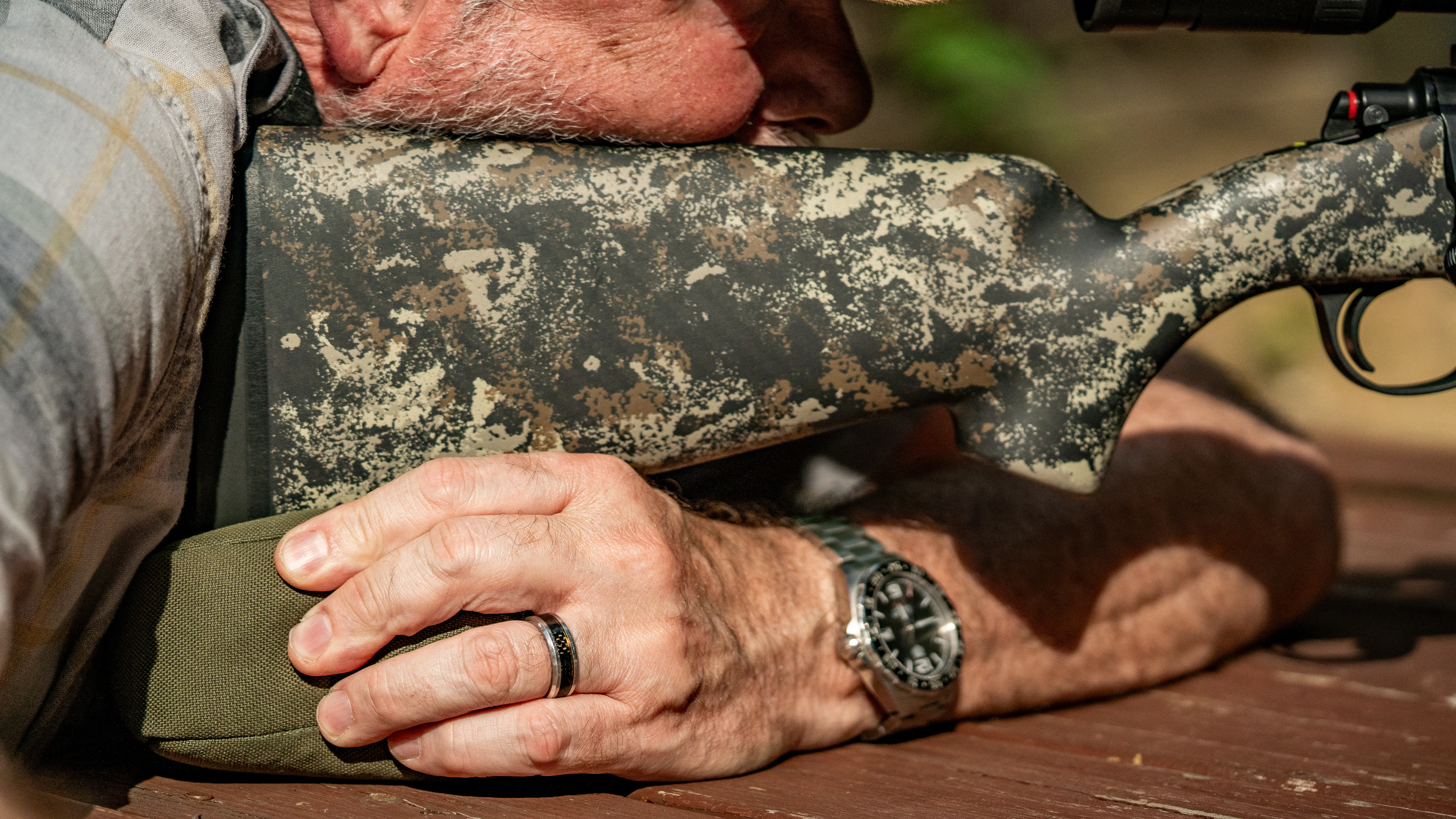
If you’re shooting a rifle that sits on or rides the sandbags well—meaning it does not want to roll to the side or pivot like a seesaw—rest your support hand on the bench near the butt of the rifle. This allows you to use your support hand to make minute elevation adjustments. An even better technique is to place a small and malleable sandbag under the butt of the rifle and then manage or manipulate that bag by squeezing it with your support hand to tune elevation.
2. Off-Hand Rifles
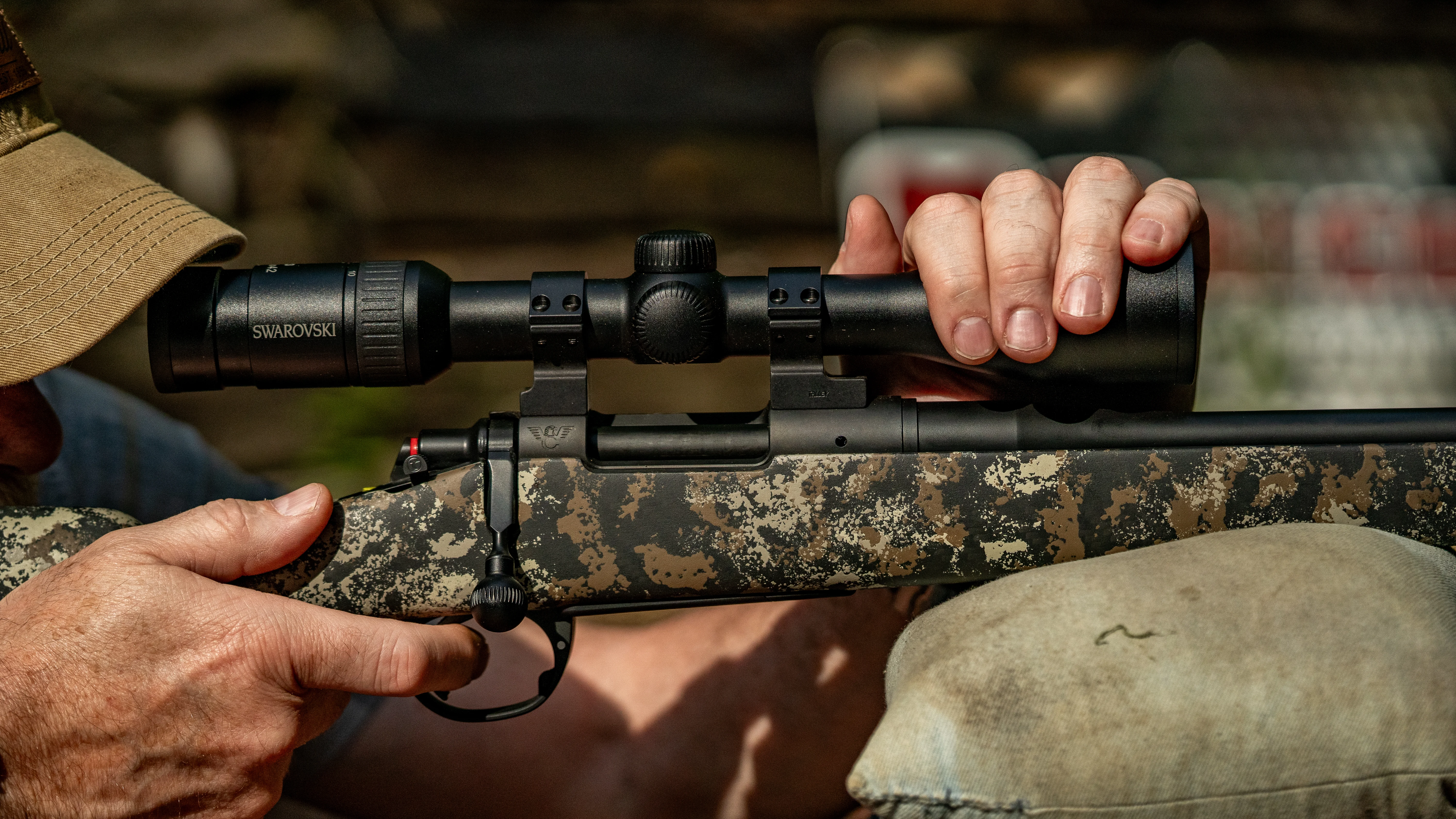
Even though they may be well-balanced and handle like a dream, lightweight hunting and lever-action rifles with radiused forends can be difficult to shoot from sandbags, because they don’t have the weight to snuggle into the bag, and they tend to want to roll to the side. The best way I’ve found to manage these rifles from a bench is to use front and rear bags that maximize rifle stock contact, and to rest—not press—my support hand on top of the riflescope. Both techniques help to better steady these rifles for bench-rest shooting.
3. Hard-Kickers
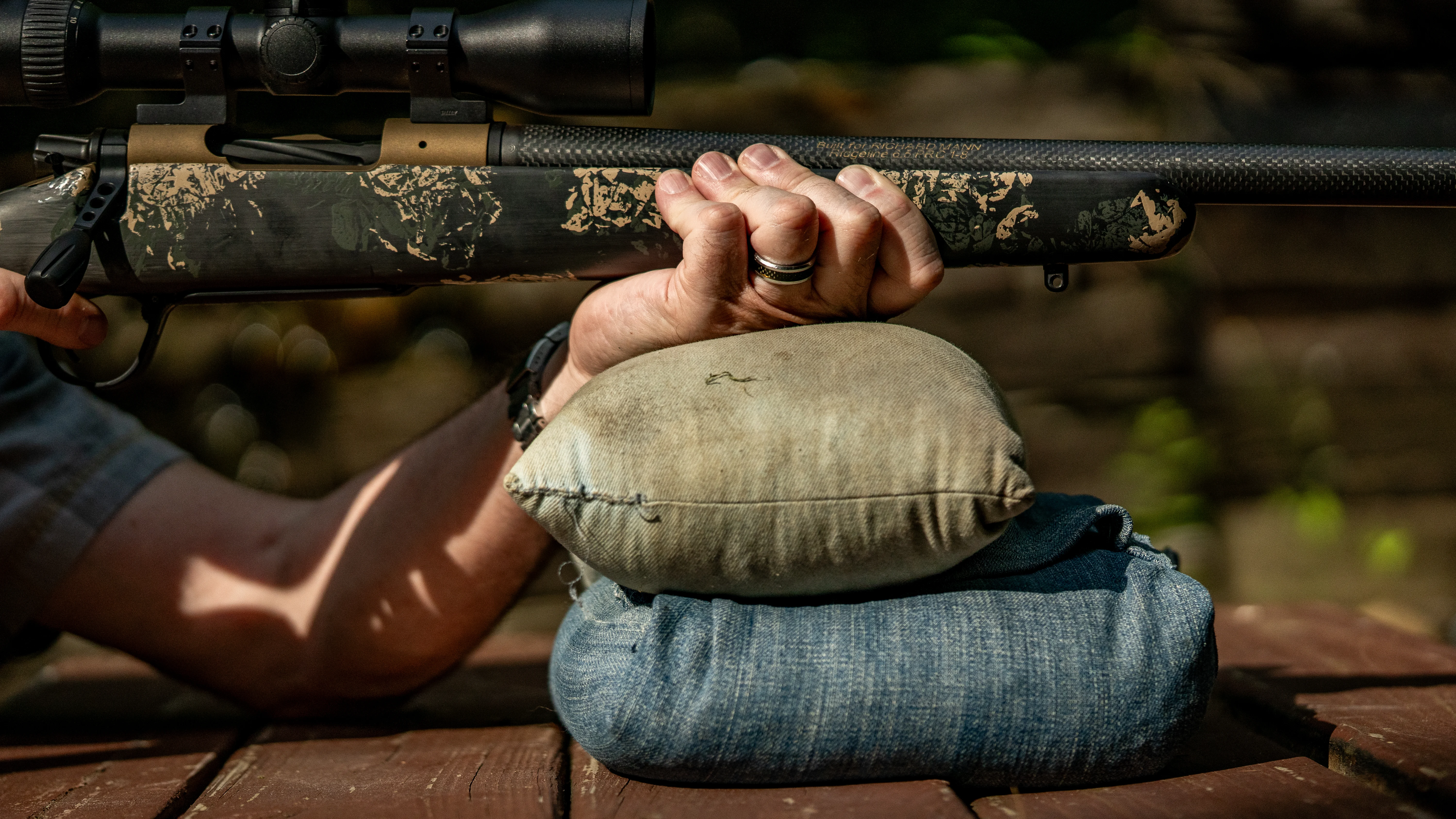
Some rifles recoil like a pissed off plow mule. These are generally dangerous-game rifles never intended for bench shooting, but we must still sight them in and from time to time evaluate ammunition. The use off a recoil shield can help but may not be enough. Weighted, sled-type supports can tame recoil, but because they do not give, they can sometimes cause stock damage. I do two things differently when shooting hard-recoiling rifles from the bench. First, I use enough support so I can sit with my back strait. This prevents me from getting too close to the scope where it can whack me between the eyes, and it allows my body to recoil with the rifle. I also hold the rifle’s forend with my support hand—just like when shooting off hand—and then rest my support hand, as opposed to the stock, on the front sandbag.
Finally, Get Off the Bench
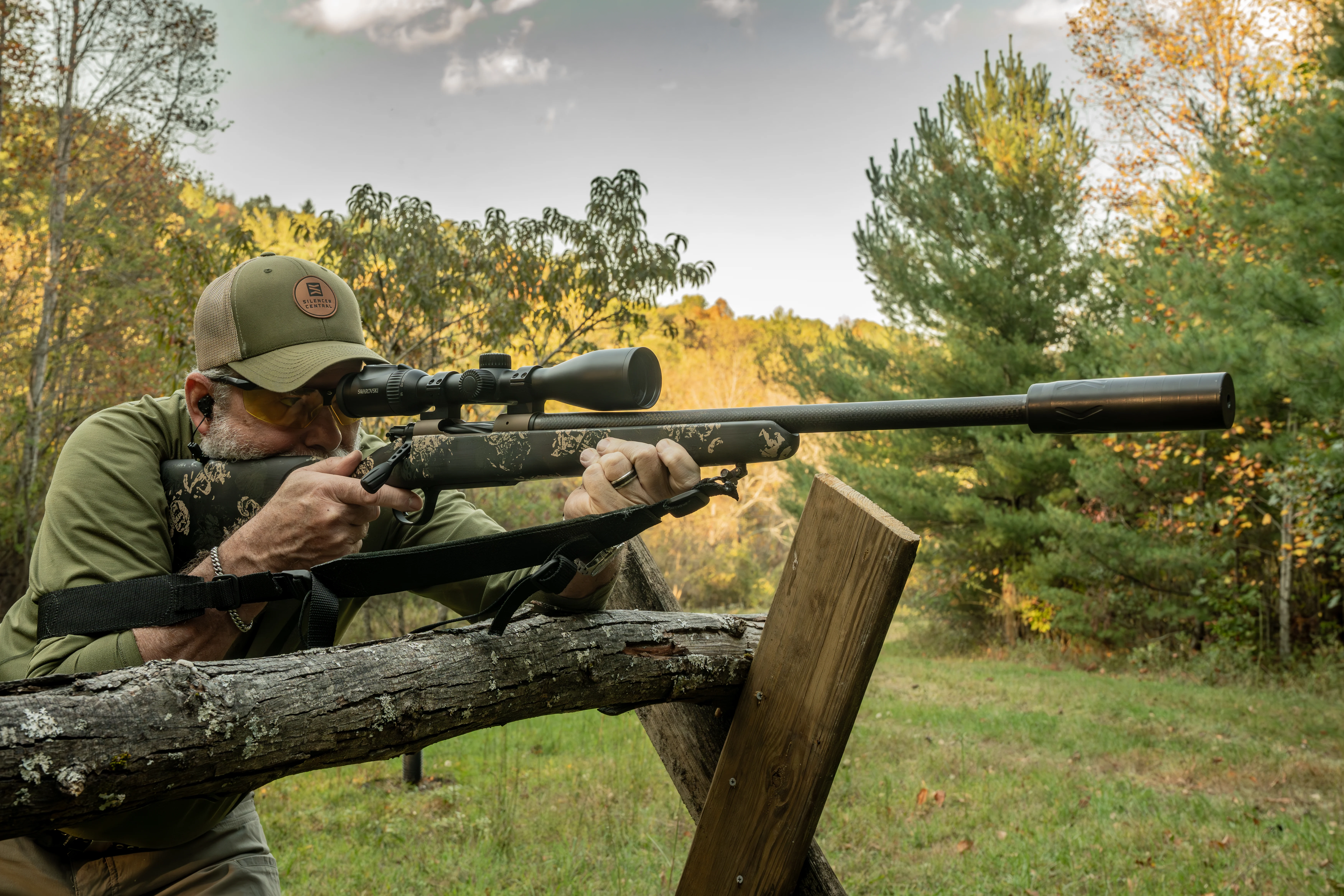
It's great to know how to shoot well from the bench, but hunters often spend too much time there. This is partly the fault of gun writers and rifle manufacturers who like to over-emphasize the importance of itty-bitty groups, but it’s also the fault of hunters who become obsessed with shooting them.
Once you’ve settled on a load, zeroed your rifle, and confirmed your drop at the distance, get the hell away from the shooting bench and practice shooting in the situations and from positions you’ll likely need to shoot from when hunting. Also, you need to confirm that your bench-rest zero is the same as your off-hand or field-support zero—with some rifles you’ll see a difference. Remember, the reason we shoot from a bench rest is to remove the human element, so when you brag about it, you’re bragging about your rifle not how well you can shoot.

